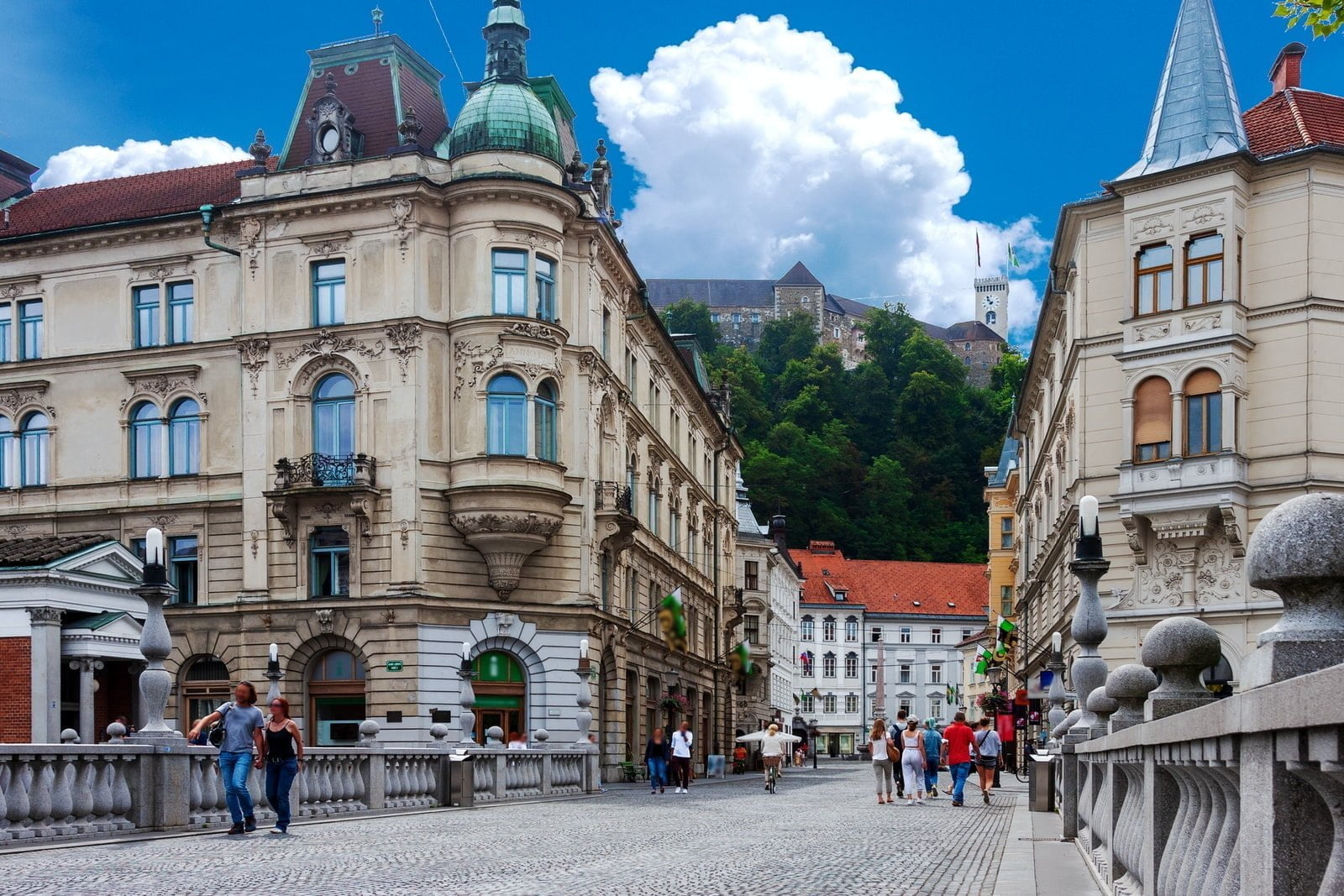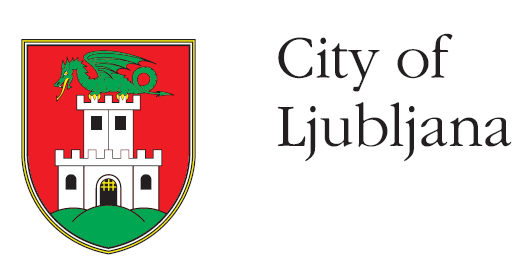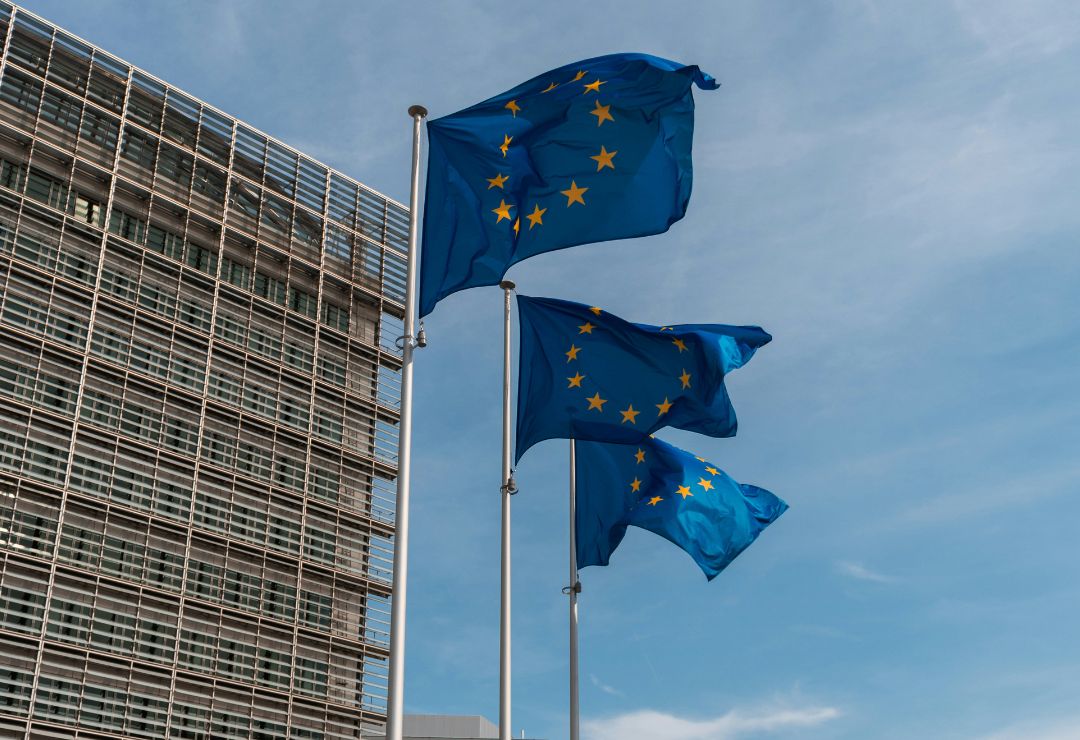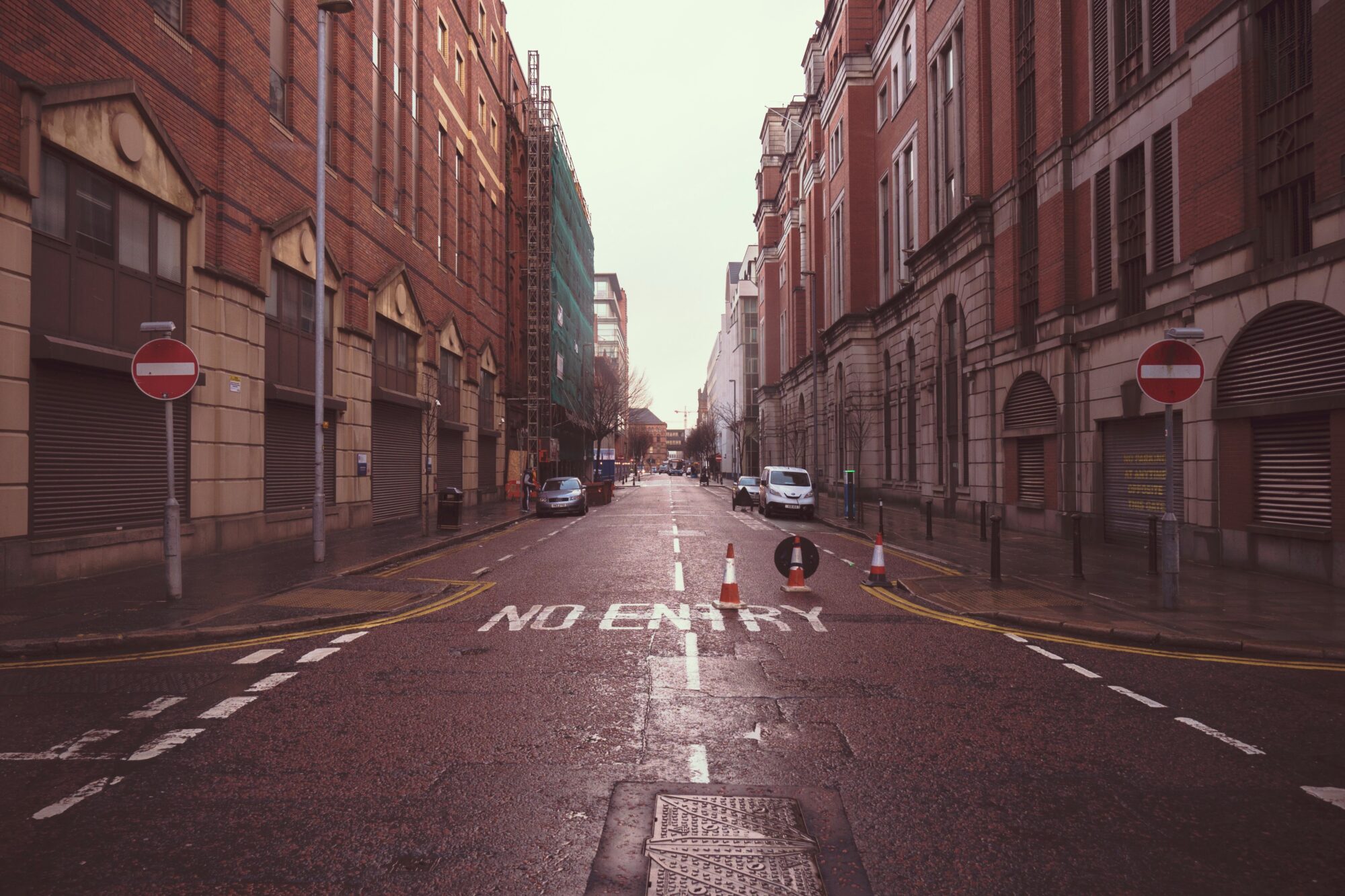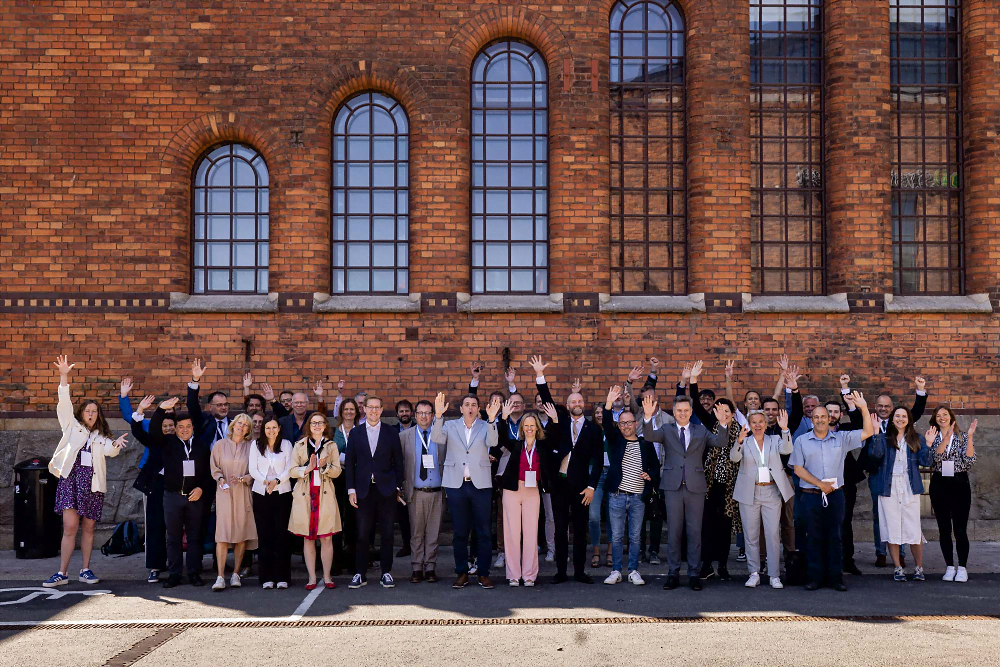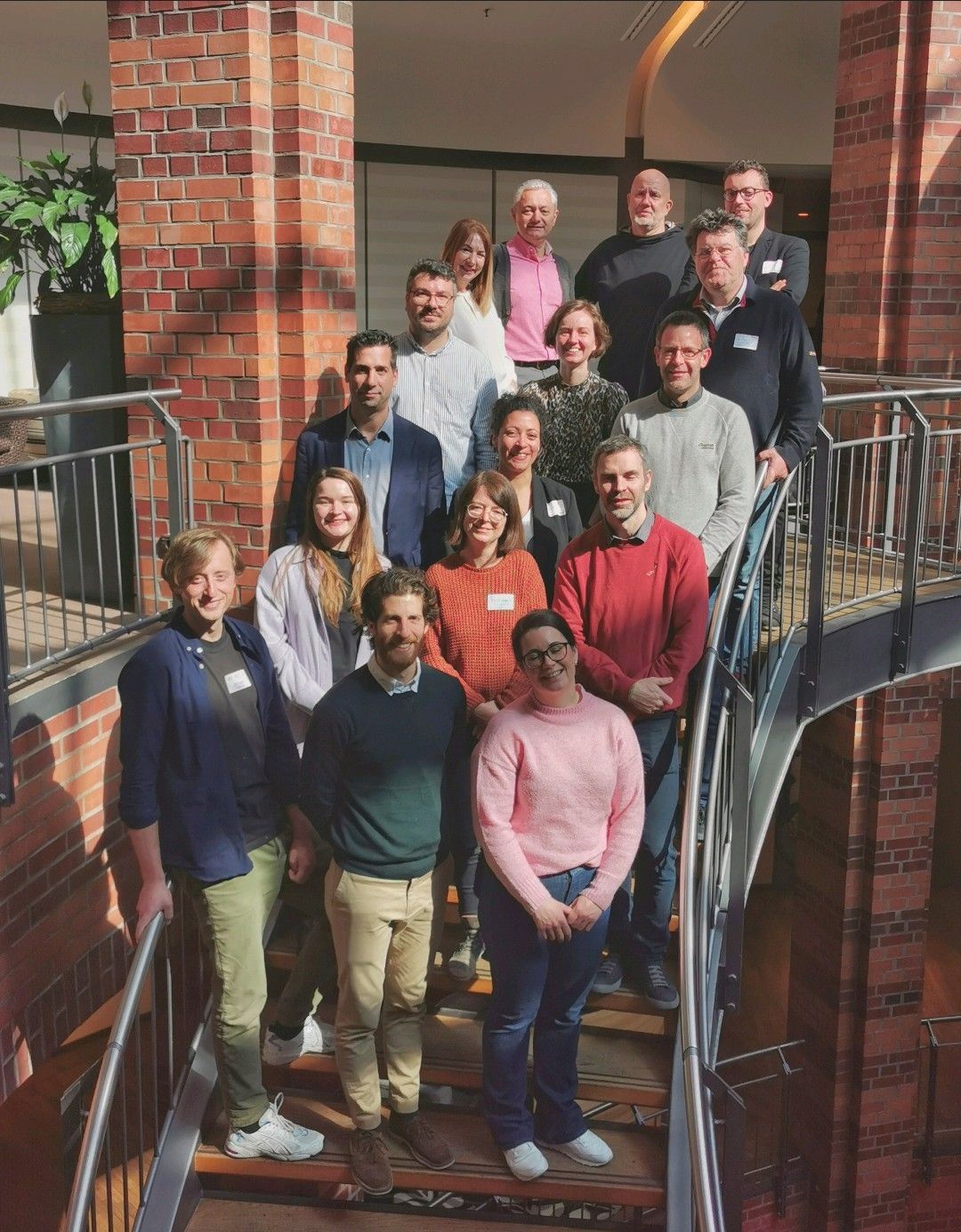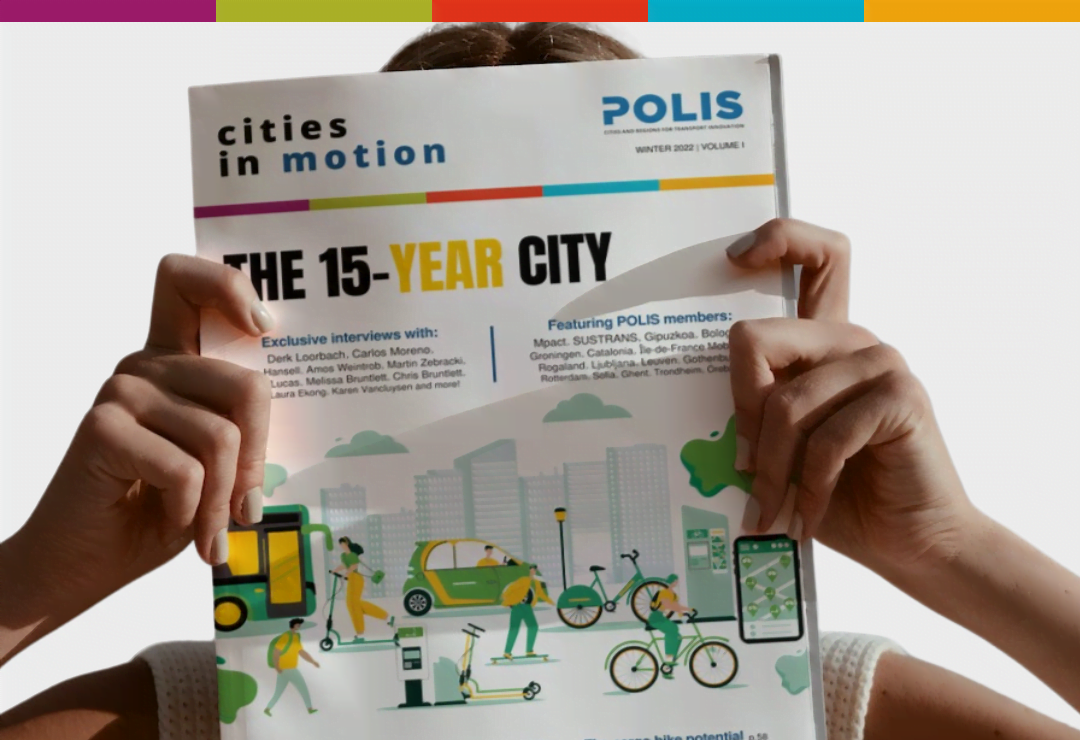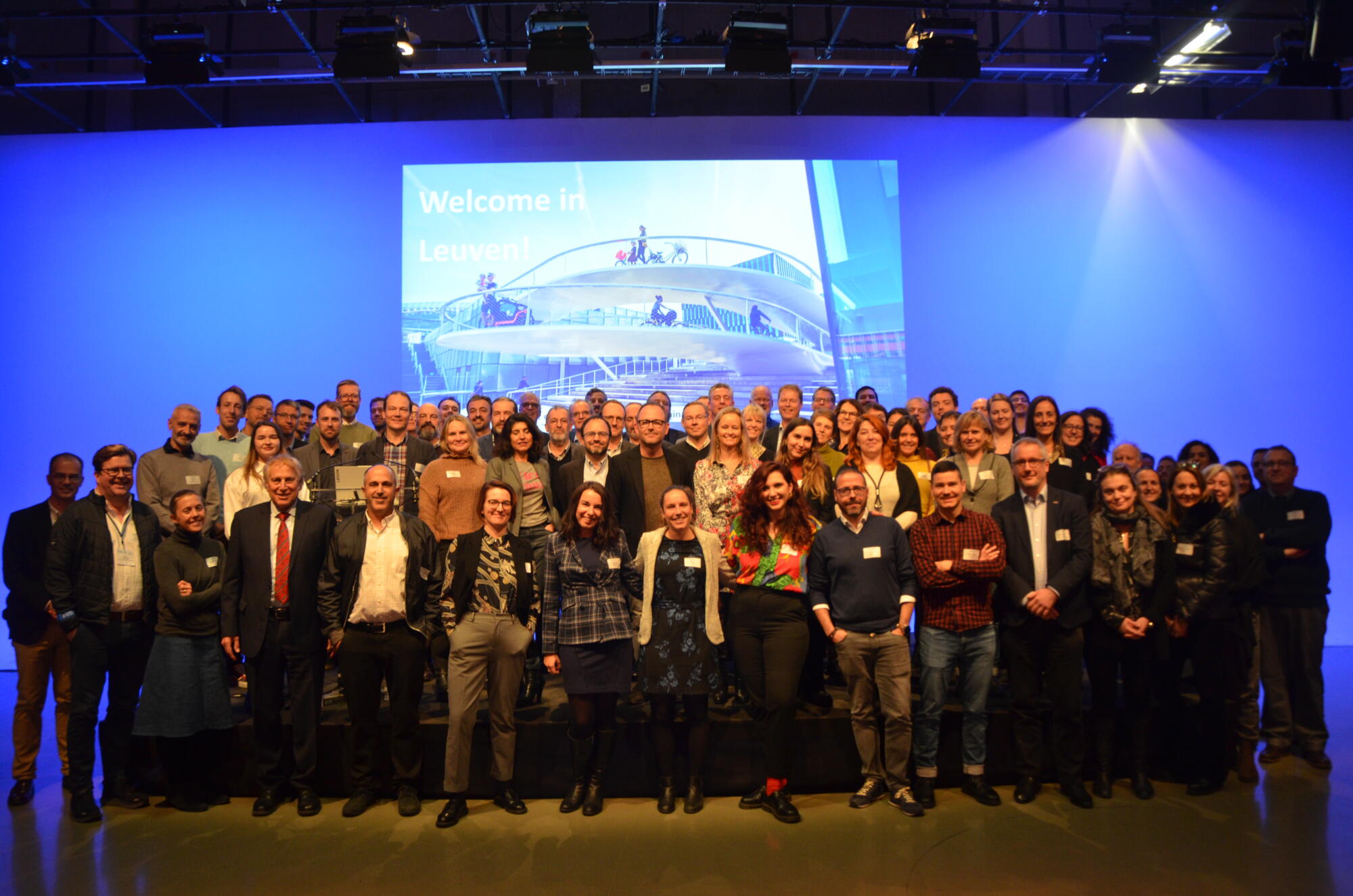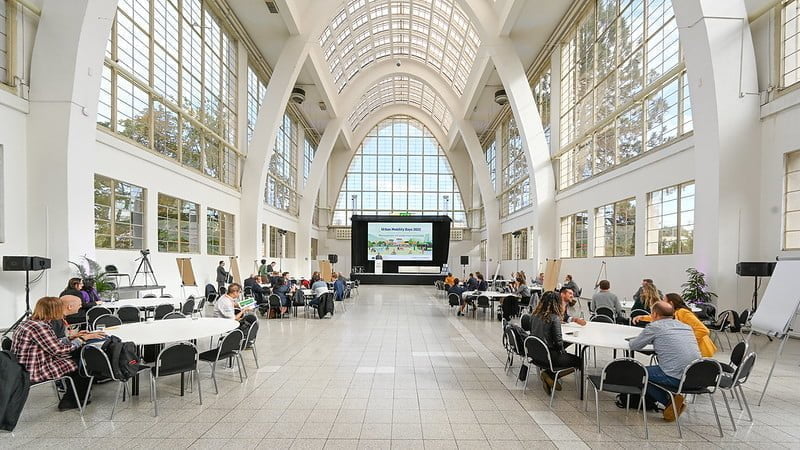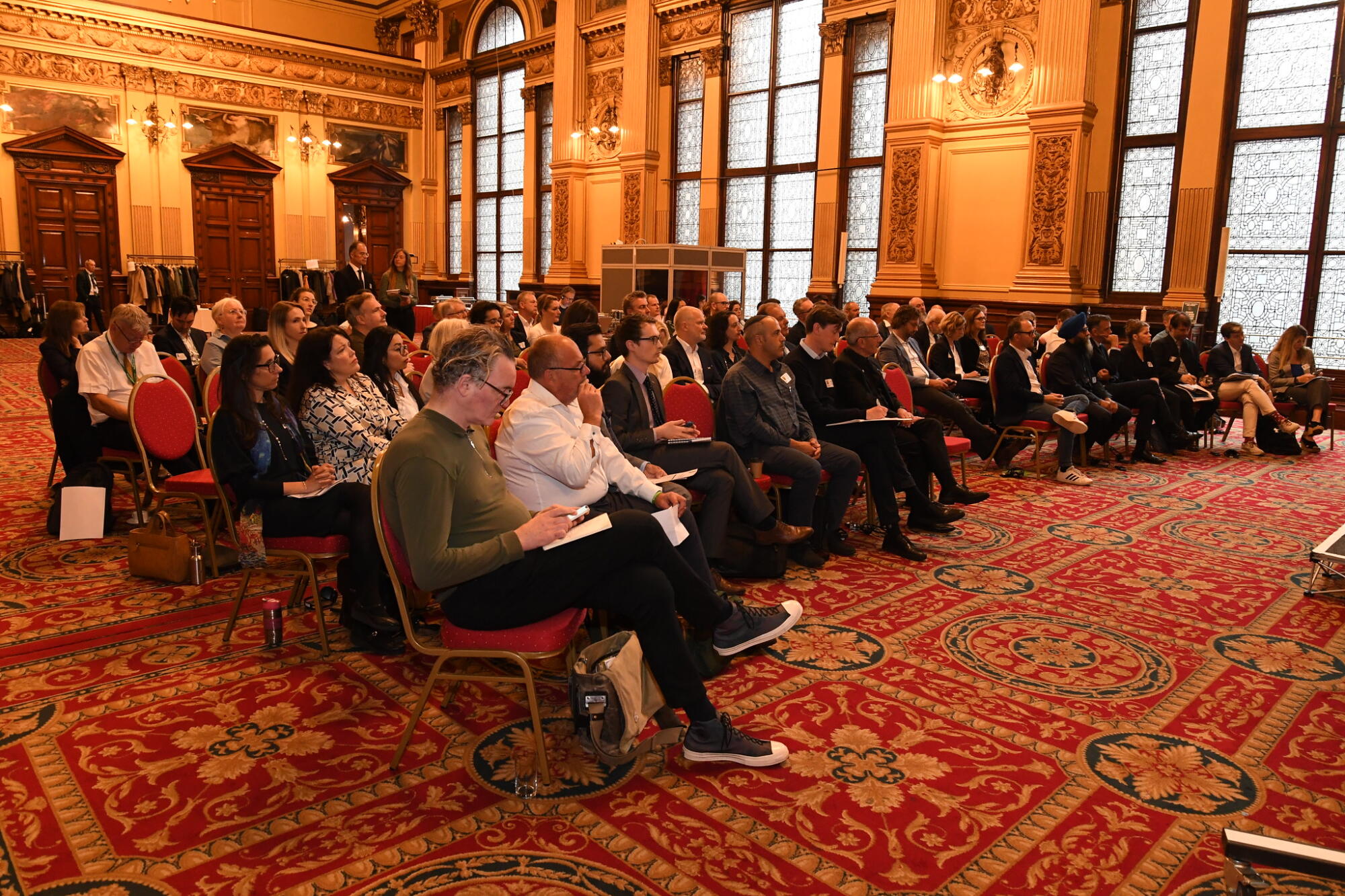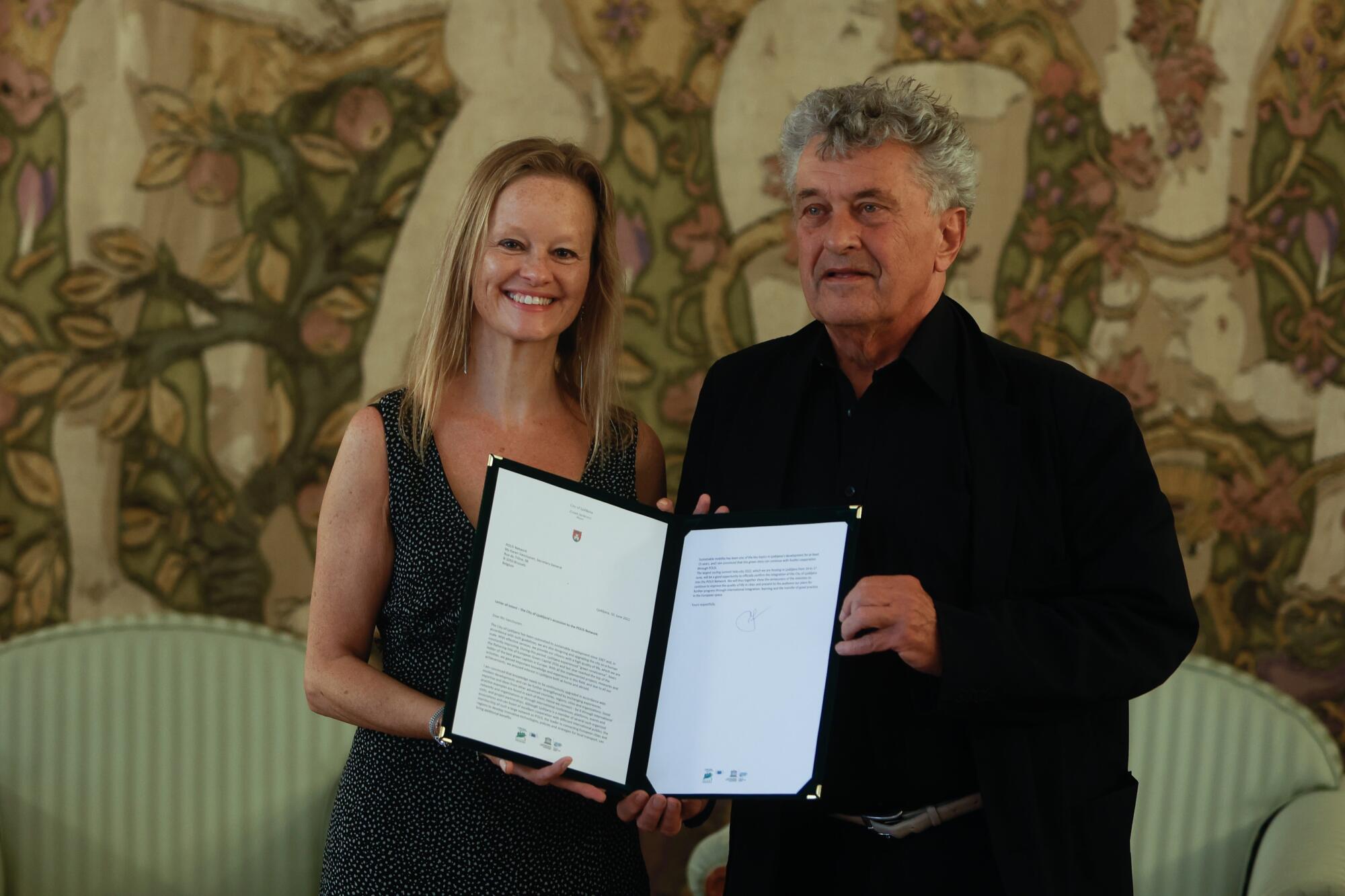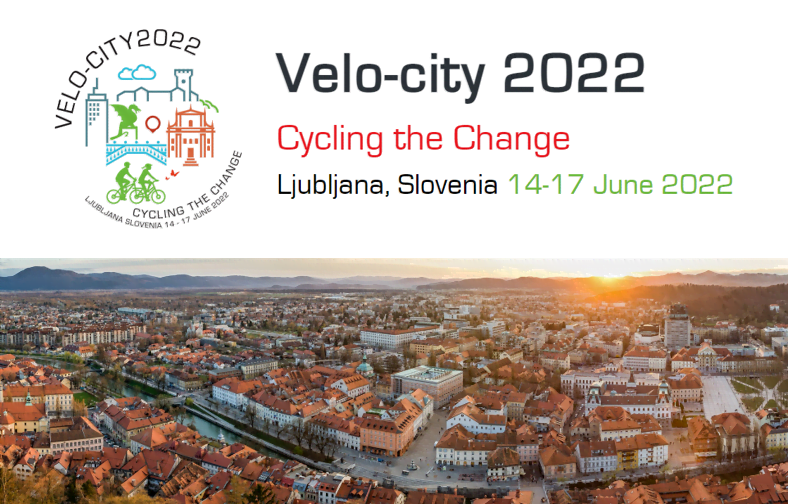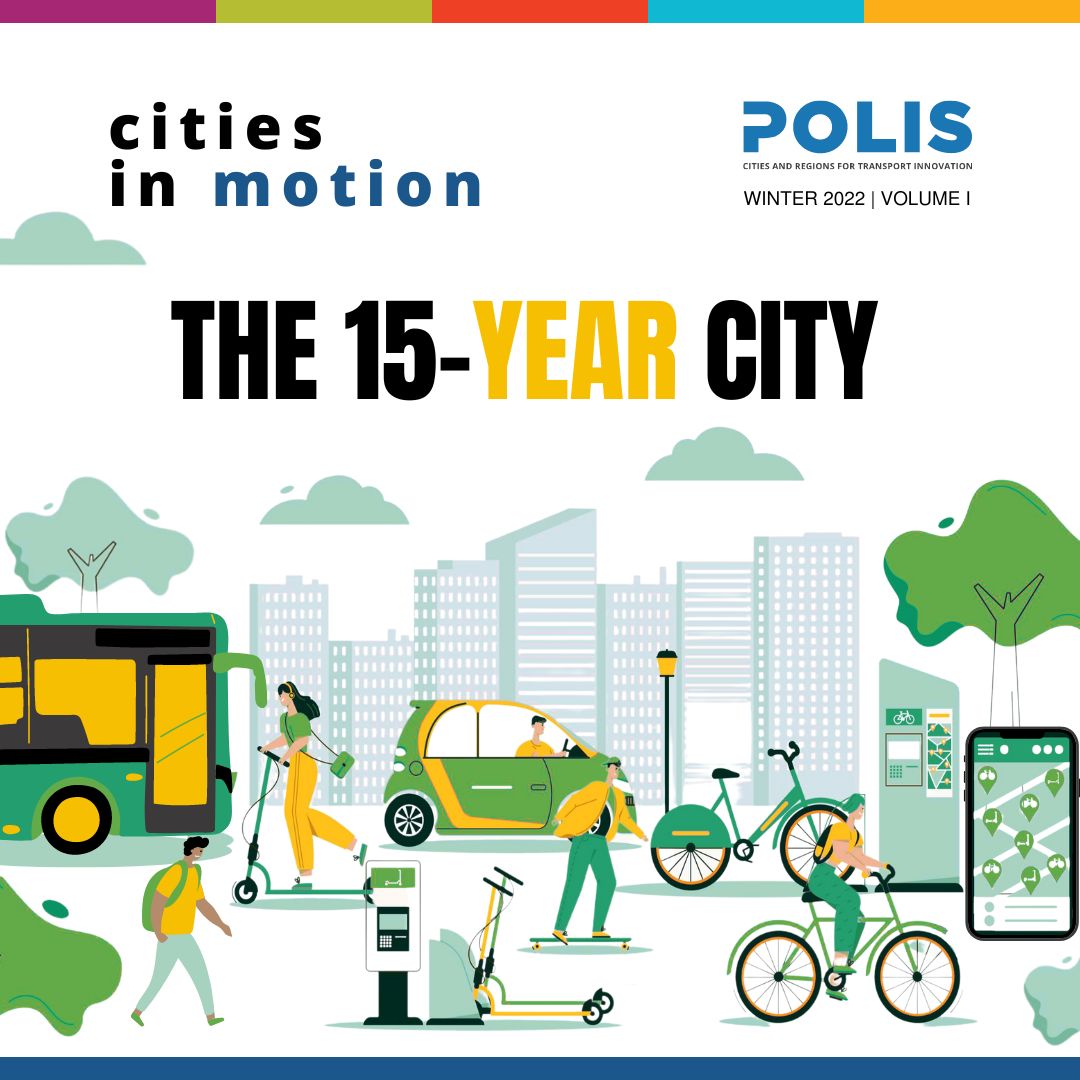Ljubljana
With a population of around 280,000, the Slovenian capital Ljubljana is an important centre of rail and road communications with Austria, Croatia, Hungary, and Italy — famed for its university population and green spaces.
Though one of the smallest capitals in Europe, the city is marked by its successes in climate action and, in particular, from new hybrid bus fleets to bike parades, in sustainable urban mobility.
Indeed, the Vision of Ljubljana 2025, adopted in 2007, unveiled a comprehensive approach to the sustainable development of the city. This was followed by their Sustainable Urban Mobility Plan in 2012 — updated in 2017 — which set out a strategy for radical change in people’s travelling habits.
Ljubljana's transport policy for the creation of high-quality public spaces in the centre of the city involved, amongst others, the conversion of Slovenska Street, a main traffic route, into a pedestrian-, cyclist- and public transport-friendly area, thus designed in line with the principles of shared traffic space. Nonetheless, its biggest achievement is the increased awareness of citizens and visitors in improving the liveability of its public space and mobility options.
What's more? The city of Ljubljana was awarded European Green Capital in 2016 and hosted the 2022 editon of Velo-City.
